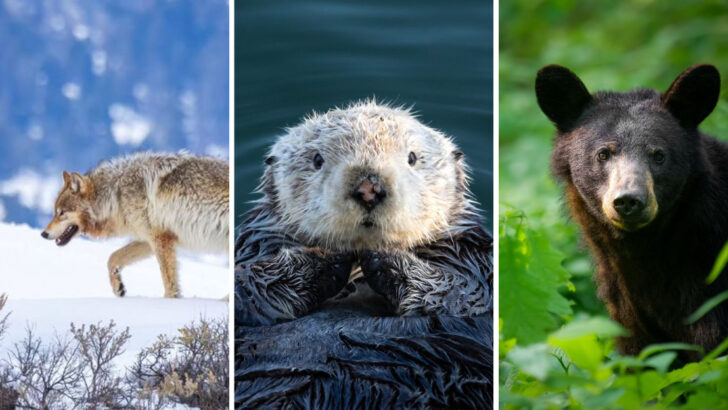Embarking on a journey through ten of the country’s most mesmerizing national parks, I encountered a world teeming with life. Each park had its unique allure, but the wildlife stole the show. From the majestic peaks of the Rockies to the dense forests of the Smokies, these parks offer sanctuary to creatures as diverse as the landscapes they inhabit. Here are the twenty most captivating species I had the privilege to observe, each bringing its own magic to the wilderness.
Gray Wolf
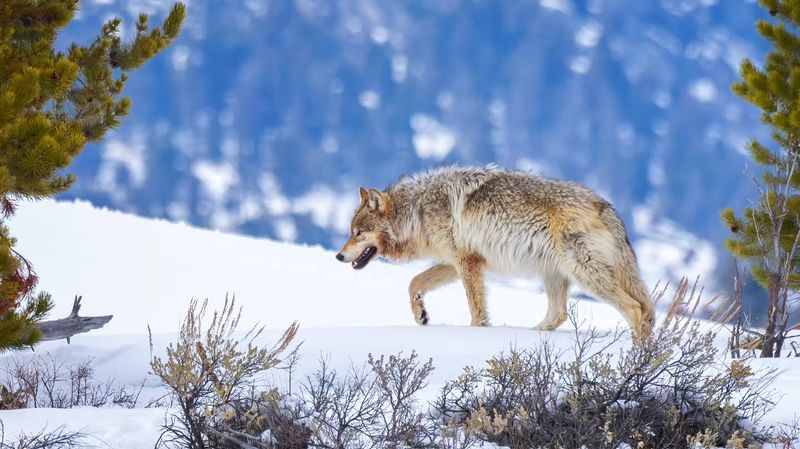
In the frostbitten terrain of Yellowstone, the gray wolf reigns supreme. Known for its haunting howl that echoes through the valleys, this apex predator commands respect and awe. Watching a pack move in unison is like witnessing a perfectly choreographed dance of survival.
These wolves reintroduce balance to the ecosystem, managing the elk population and allowing vegetation to thrive. Once on the brink of local extinction, their recovery story is one of nature’s great triumphs.
With a lineage tracing back to the Ice Age, the gray wolf is more than just a predator; it’s a symbol of untamed wilderness.
American Bison
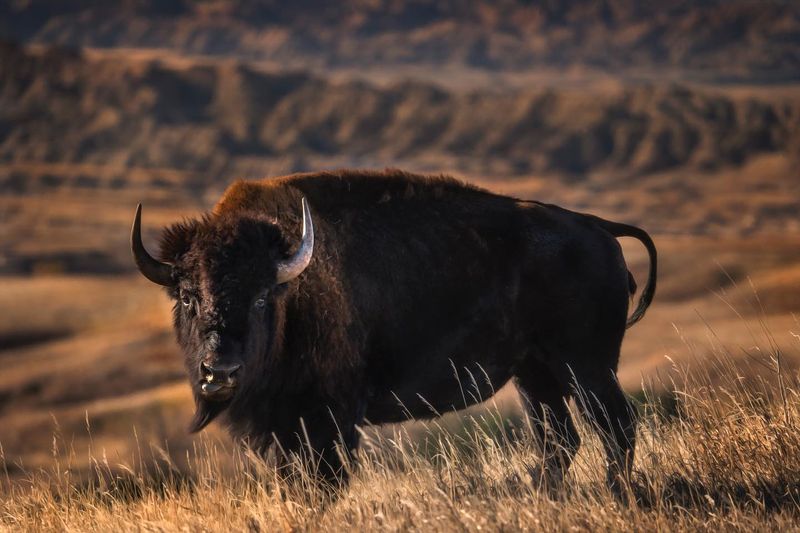
The sight of a bison herd grazing in the Badlands is a powerful reminder of North America’s wild past. With massive, shaggy heads and stoic demeanor, these creatures embody resilience.
Once numbering in the millions, bison were nearly driven to extinction by the late 19th century. Thanks to conservation efforts, their thunderous presence has returned to many parks.
Watching them roam freely is akin to stepping back in time, offering a glimpse into a world where vast herds roamed the continent’s prairies. This majestic beast stands as a testament to nature’s enduring spirit.
Bald Eagle
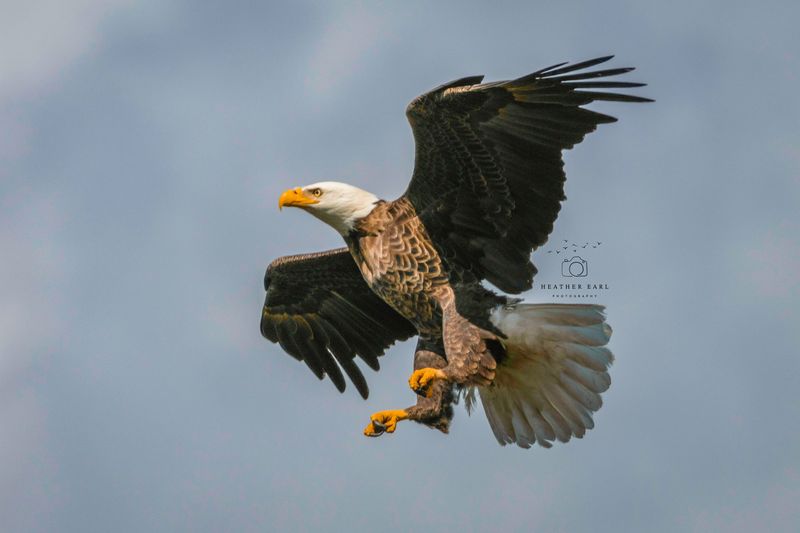
In the skies above the Great Smoky Mountains, the bald eagle commands attention with its powerful flight. Symbolizing freedom and strength, it often serves as inspiration for many a traveler.
These birds, with their distinctive white heads and piercing eyes, are a testament to successful conservation efforts. Once endangered due to DDT, they have soared back into abundance.
Observing a bald eagle in its natural habitat is a humbling experience, a reminder of the delicate balance between human activity and wildlife preservation. Their keen vision and majestic presence leave a lasting impression.
Grizzly Bear
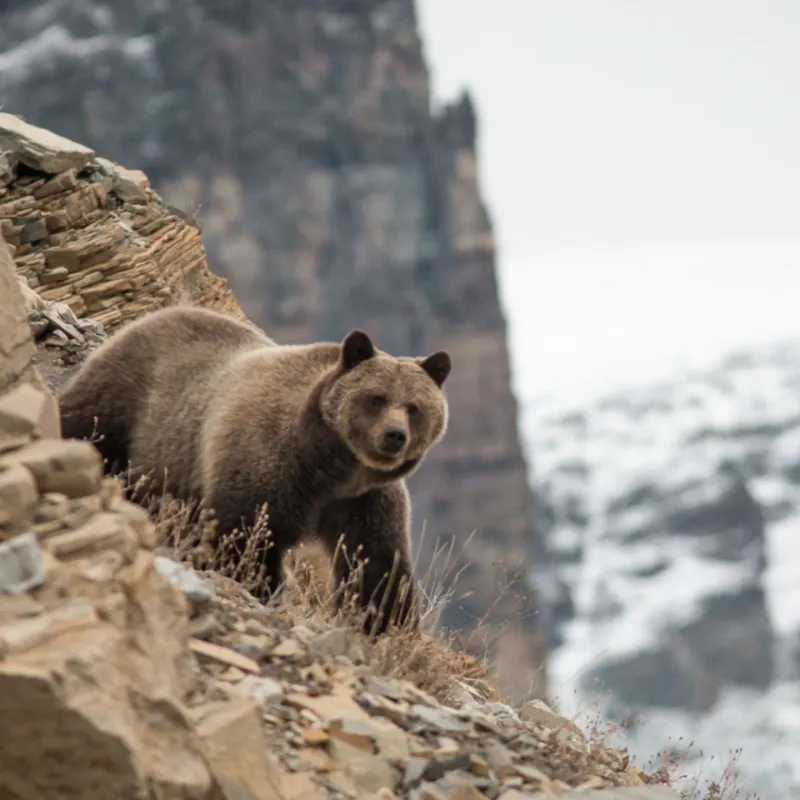
In the rugged expanse of Glacier National Park, the grizzly bear is an icon of raw wilderness. These solitary giants are often spotted fishing for salmon, showcasing their remarkable strength and dexterity.
Their presence is vital for maintaining the delicate balance of the park’s ecosystem. As apex predators, they help regulate prey populations, contributing to a healthier environment.
Watching a grizzly in action is an exhilarating experience, tempered by a profound respect for its power. Despite their formidable reputation, grizzlies continue to face habitat loss, underscoring the need for conservation.
Mountain Lion
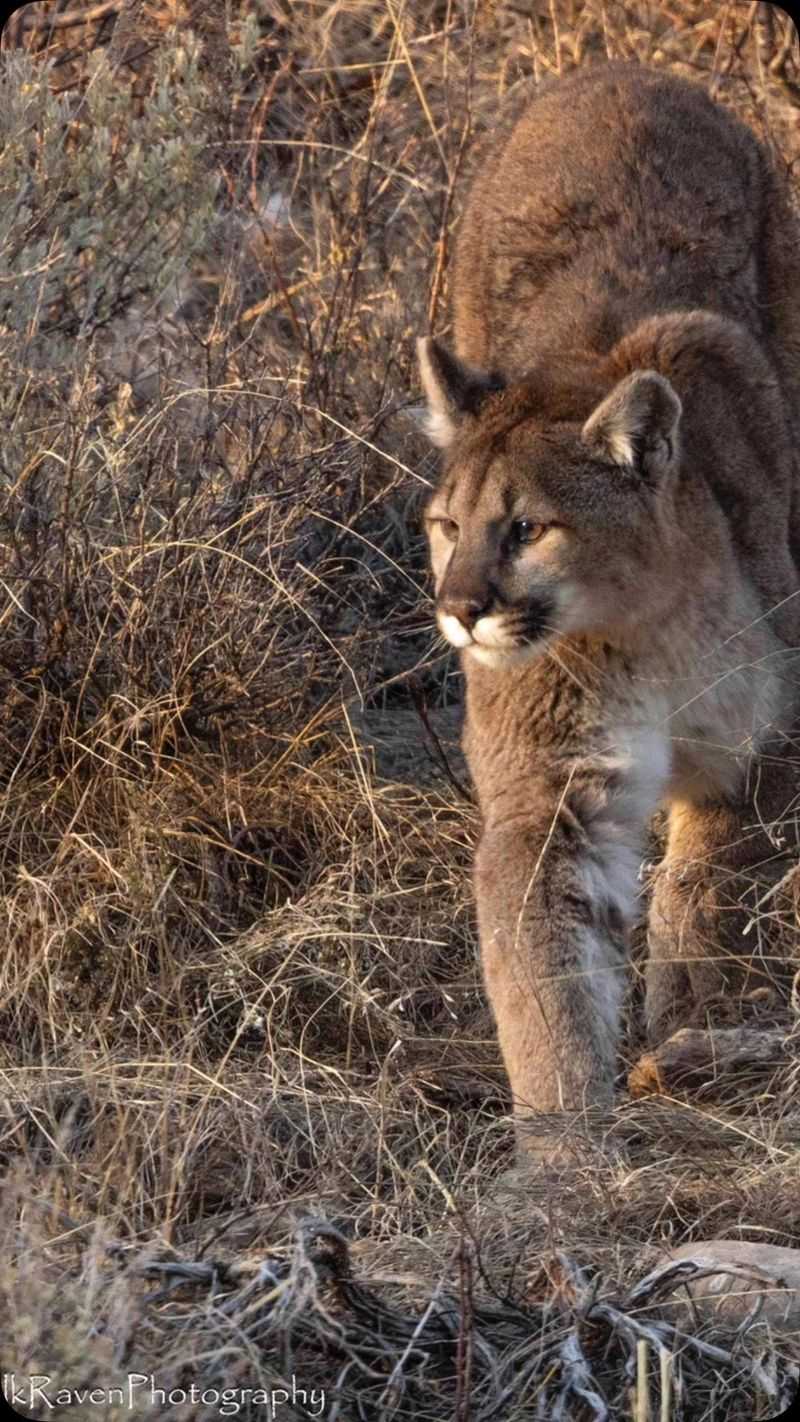
Zion National Park, with its towering cliffs and narrow canyons, is home to the elusive mountain lion. Known for its stealth and agility, this feline predator silently stalks its prey, rarely seen by human eyes.
Its tawny coat blends effortlessly with the rocky landscape, a perfect adaptation for a master hunter. Though sightings are rare, knowing that such a majestic creature shares the land adds an element of mystique to every hike.
The mountain lion’s presence signifies a thriving ecosystem, where top predators ensure the balance of nature is maintained, an essential component of Zion’s biodiversity.
Elk
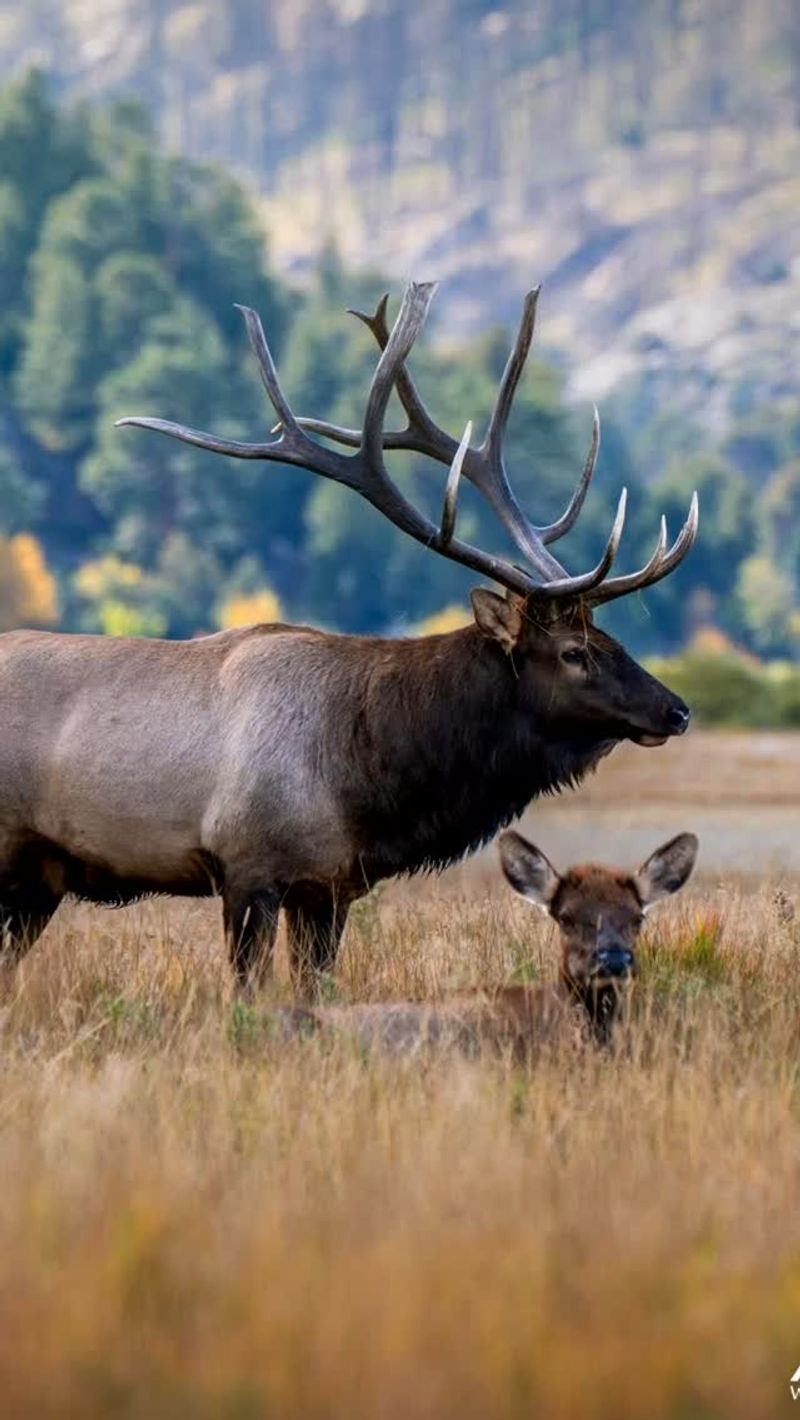
In Rocky Mountain National Park, the bugle of a bull elk echoes through the crisp autumn air. With antlers reaching impressive spans, these majestic animals command attention during the rutting season.
Elk are a keystone species, playing a crucial role in shaping the landscape by grazing. Their presence influences the distribution of plant species, supporting diverse habitats.
Witnessing a herd of elk move across the meadow is akin to a grand natural procession. Their regal presence and the haunting melodies they produce during mating season are both a sight and sound to behold.
American Alligator
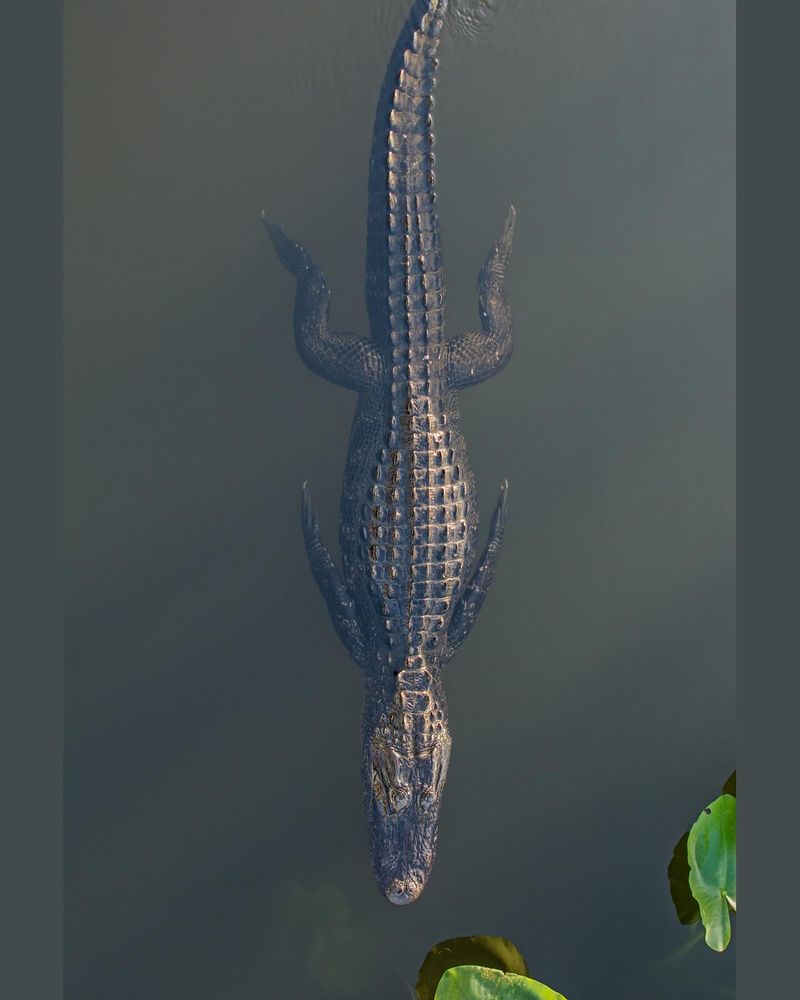
In the murky waters of Everglades National Park, the American alligator lurks with a primeval presence. As one of the oldest reptiles, it offers a glimpse into the age of dinosaurs.
These formidable predators play a key role in the ecosystem by controlling fish populations and maintaining wetland habitats. Observing an alligator glide silently through the water is both awe-inspiring and slightly unnerving.
The alligator’s recovery from near extinction is a conservation success story, highlighting the importance of protecting vulnerable habitats. In the wild, their stealth and power are truly a sight to behold.
Peregrine Falcon

Known for its breathtaking speed, the peregrine falcon is the fastest animal on the planet. In Acadia National Park, these aerial hunters dive with precision, reaching speeds over 240 mph.
Their sharp talons and keen eyesight make them formidable predators, often catching prey mid-air. Watching a falcon in action is witnessing nature’s aerodynamics at its finest.
Once endangered due to pesticides, the peregrine’s recovery symbolizes hope for wildlife conservation. Their presence in Acadia speaks to a rich ecosystem where predators and prey coexist in a delicate balance.
Desert Tortoise

In the arid landscape of Joshua Tree, the desert tortoise moves with deliberate slowness, embodying patience and resilience. These ancient reptiles have adapted to survive in harsh conditions, living up to 80 years.
Their burrowing habits help maintain the desert ecosystem by aerating the soil and providing shelter for other species. The tortoise’s slow pace and long lifespan are testaments to nature’s adaptability.
However, they face threats from habitat destruction and climate change. Observing a desert tortoise in the wild is a reminder of the delicate interplay between life and environment in the desert.
Sea Otter
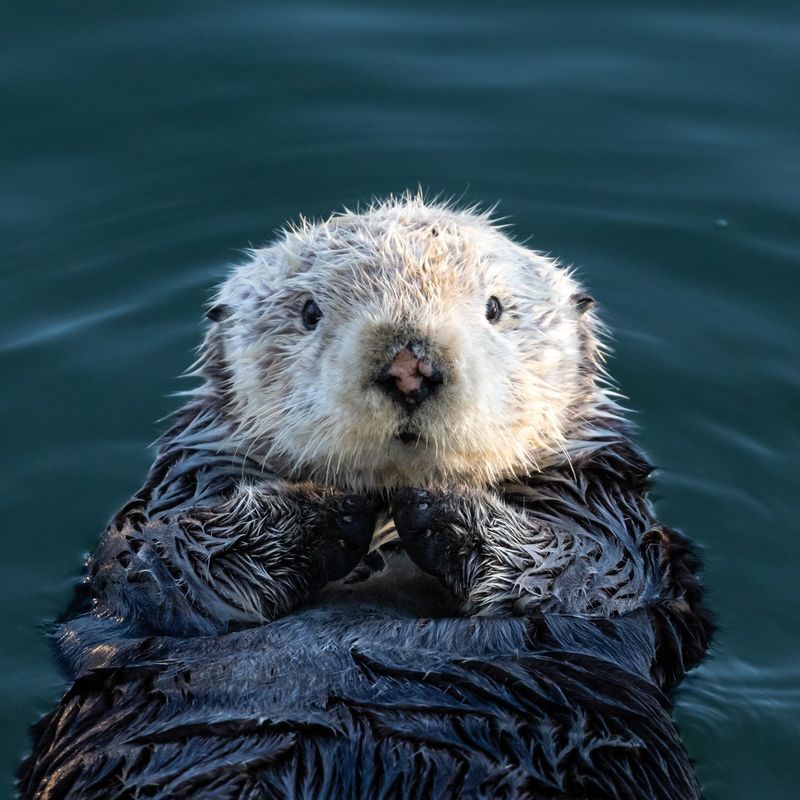
Channel Islands National Park is home to the charming sea otter, known for its playful antics and fuzzy demeanor. Floating on their backs, these marine mammals use rocks to crack open shellfish, showcasing their intelligence.
Sea otters play a vital role in maintaining kelp forest ecosystems by controlling sea urchin populations. Their thick fur, the densest in the animal kingdom, keeps them warm in chilly waters.
The sight of a sea otter at play brings joy to onlookers, a symbol of the interconnectedness of ocean life. Yet they remain vulnerable to oil spills and pollution.
Red Fox
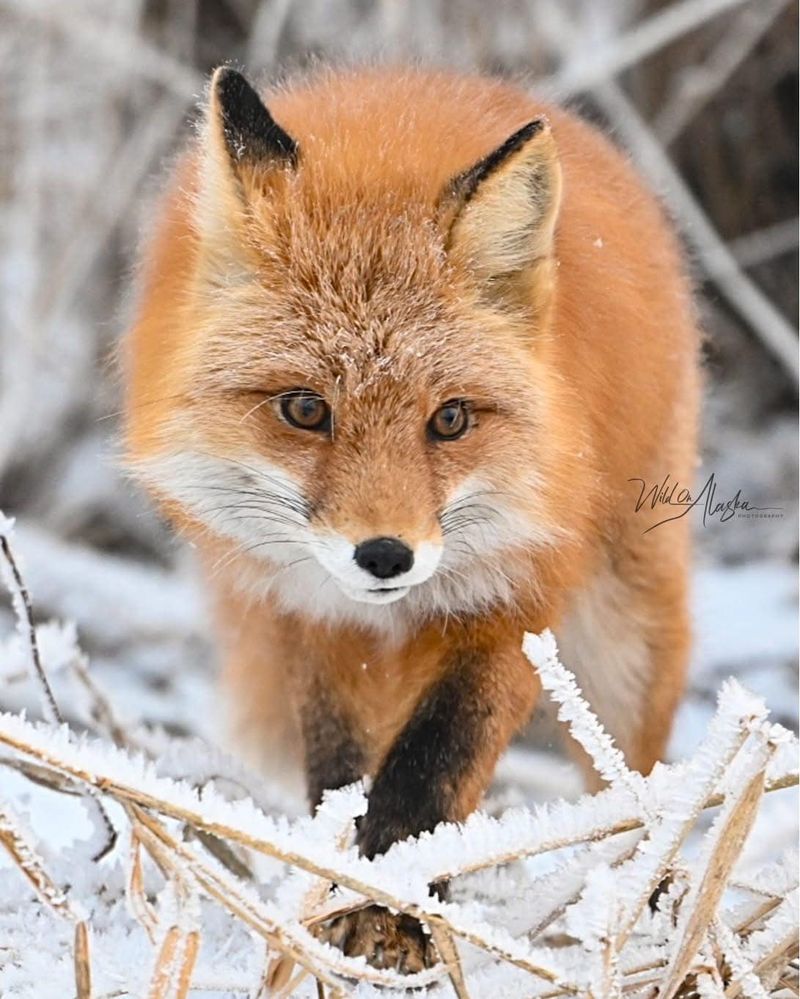
In the vast wilderness of Denali National Park, the red fox captivates with its bushy tail and vibrant coat. Known for its cunning nature, this small predator is an adept hunter, thriving in the park’s diverse environments.
The fox’s diet is varied, allowing it to adapt to seasonal changes and habitat availability. Watching a fox pounce on prey or trot through the snow is witnessing a master of survival in action.
Despite its adaptability, the red fox faces threats from habitat encroachment and climate change. Its presence in Denali adds a touch of color and excitement to the Alaskan terrain.
Moose
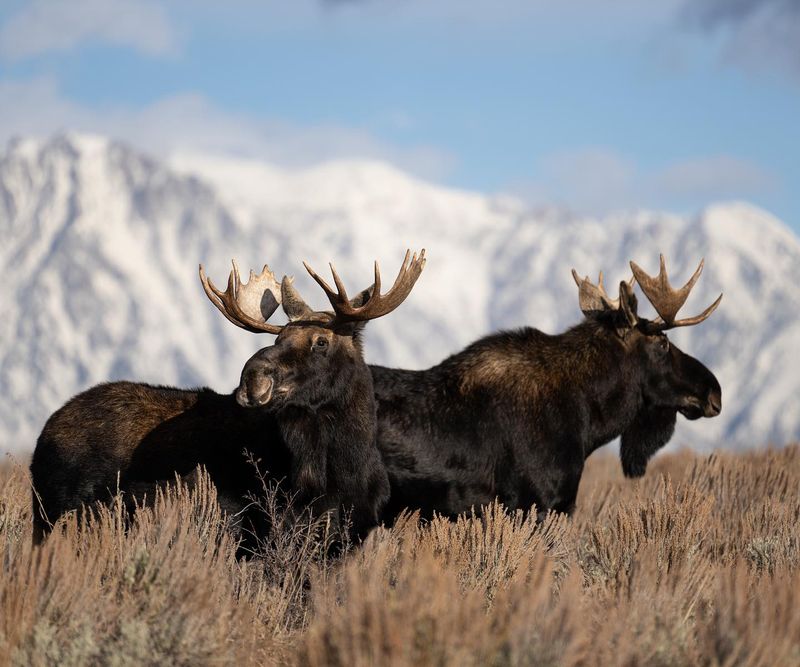
Grand Teton National Park’s serene landscapes are often graced by the presence of moose, their massive antlers and imposing size demanding attention. These herbivores are usually seen near water, feeding on aquatic plants.
Moose are excellent swimmers, often diving to reach vegetation below the surface. Their solitary nature contrasts with the bustling activity of the park, offering moments of quiet contemplation for observers.
These gentle giants play a crucial role in the park’s ecosystem, and their presence is a cherished aspect of the Tetons’ natural beauty. Observing a moose is a highlight of any visit.
Prairie Dog
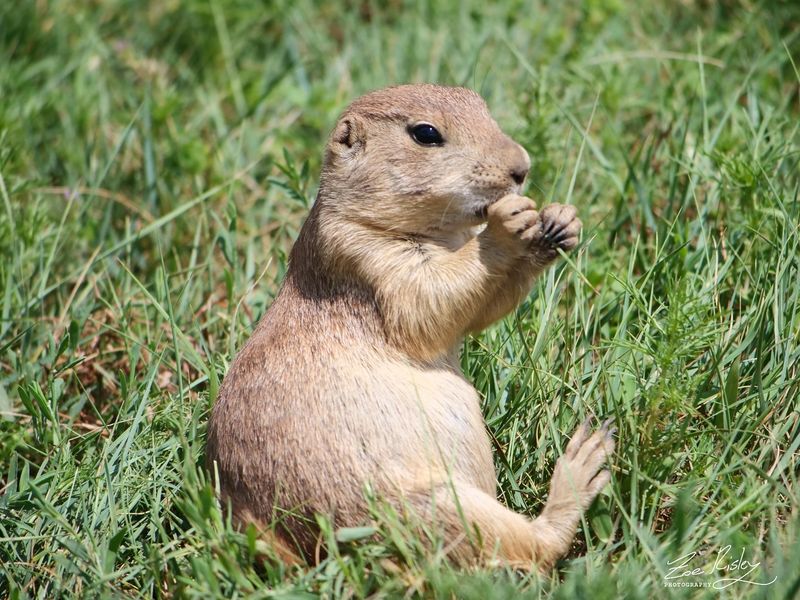
The grasslands of Wind Cave National Park are home to the social and industrious prairie dog. Living in large colonies, these rodents are known for their complex burrow systems that support diverse ecosystems.
Their chirpy communication and lively antics create a vibrant atmosphere, drawing visitors to watch their entertaining interactions. Prairie dogs play a crucial role in maintaining grasslands by aerating the soil and serving as prey for numerous predators.
However, they face challenges from habitat loss and disease. Their presence in Wind Cave is a testament to the importance of protecting open grassland habitats for wildlife.
California Condor
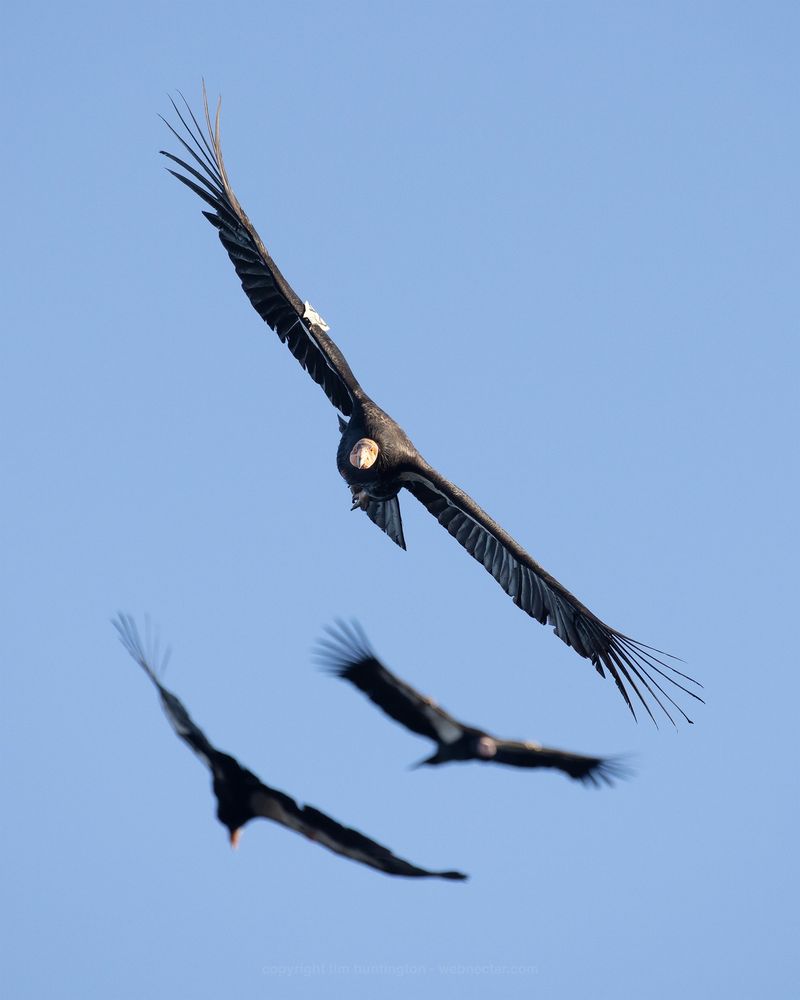
The sight of a California condor soaring over the cliffs of Pinnacles National Park is a majestic spectacle. As one of the world’s largest flying birds, its impressive wingspan commands the sky.
Condors play a vital role in the ecosystem as scavengers, helping to clean up carrion and prevent the spread of disease. Their recovery from near extinction is a remarkable success story in conservation.
Observing a condor in flight is a reminder of nature’s resilience and the ongoing efforts required to preserve such magnificent species. Their presence adds a sense of wonder to the rugged landscape.
Gray Jay
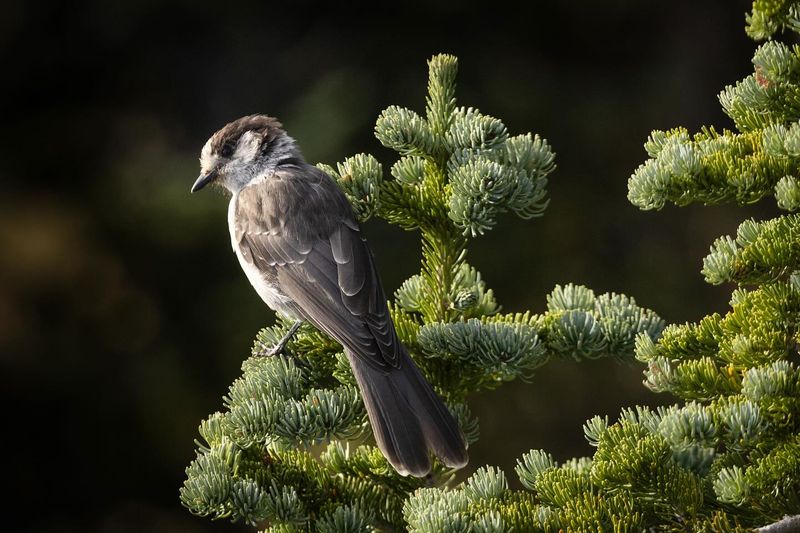
In the dense forests of Olympic National Park, the gray jay flits with inquisitive charm. Known for its boldness, this bird often approaches campers, earning nicknames like “camp robber.”
Gray jays are intelligent, storing food in tree crevices for later consumption. Their adaptability to harsh winters is admirable, thriving in conditions that challenge many other species.
Their subtle beauty and curious nature make them a favorite among birdwatchers. Despite their hardy demeanor, they face threats from climate change and habitat loss. The presence of gray jays adds life to the park’s serene wilderness.
Black Bear
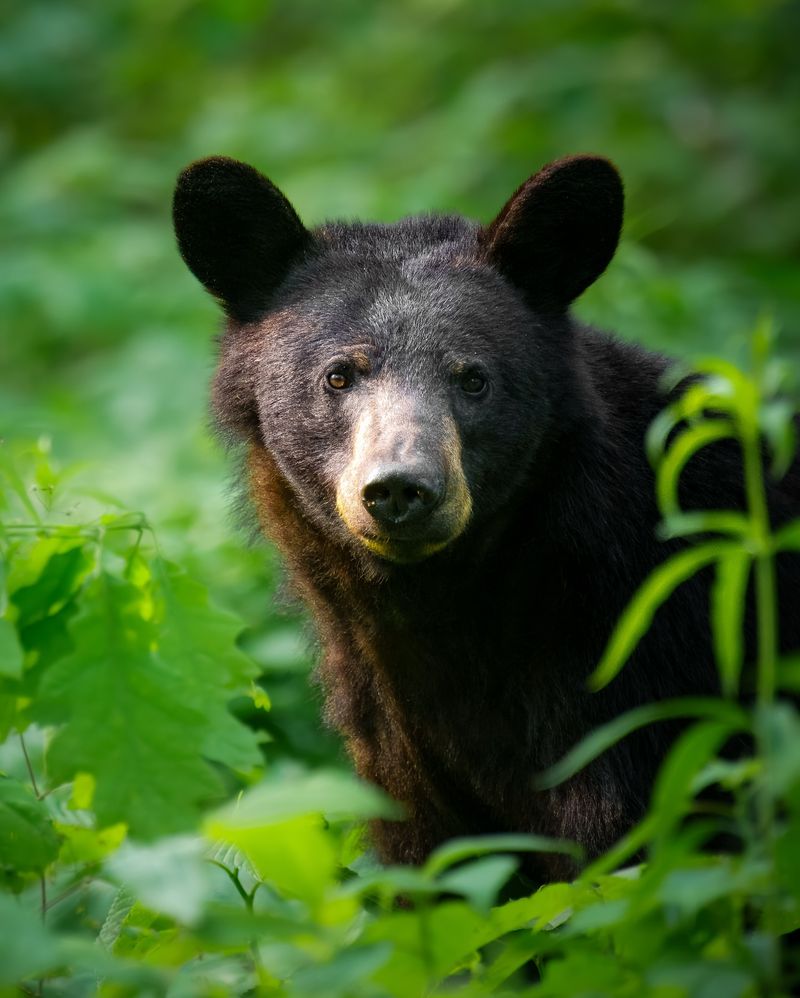
In Shenandoah National Park, the black bear reigns as a symbol of the wild. These omnivores roam the forests, their diet including berries, plants, and small animals.
Their foraging plays a role in seed dispersal, contributing to the forest’s health and diversity. Spotting a black bear from a safe distance is a thrilling experience, a reminder of nature’s raw power.
While generally shy, black bears can become accustomed to humans, necessitating careful management to prevent conflicts. Their presence underscores the importance of preserving large tracts of wilderness for future generations to appreciate.
Snowy Owl
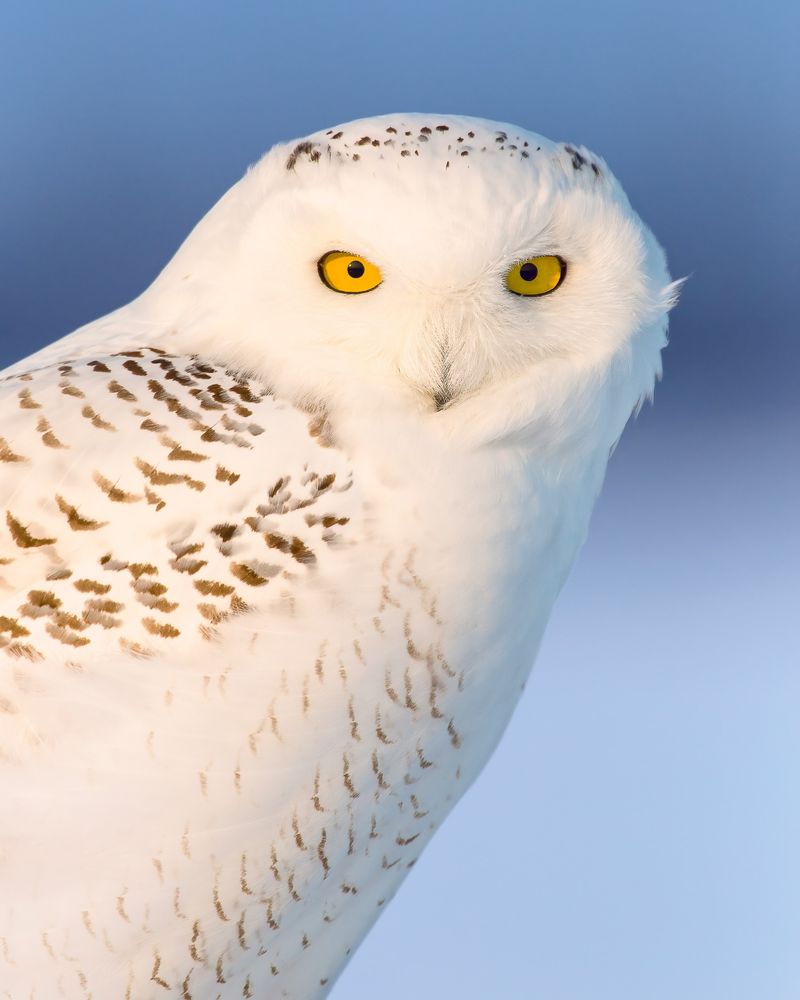
The snowy owl is a striking presence in the cold expanses of Isle Royale National Park. Known for its ghostly appearance and bright yellow eyes, it stands out against the winter landscape.
These owls are adept hunters, with a diet primarily consisting of lemmings. Their presence often indicates healthy rodent populations, essential for the ecosystem’s balance.
Spotting a snowy owl is a rare treat, as they often inhabit remote areas. Their survival in harsh climates speaks to their adaptability and the resilience of nature. Observing them adds a magical touch to the park’s icy wilderness.
Pika

In the rocky terrains of North Cascades National Park, the pika thrives in alpine environments. These small mammals are known for their high-pitched calls and industrious nature, gathering food for winter months.
Their presence is an indicator of climate change, as they are sensitive to temperature shifts. Pikas play a role in the mountain ecosystem, influencing plant distribution through their foraging habits.
Watching a pika scurry across the rocks is a glimpse into the delicate balance of life in harsh conditions. Their resilience amidst changing climates serves as a cautionary tale and a source of wonder.
Great Horned Owl
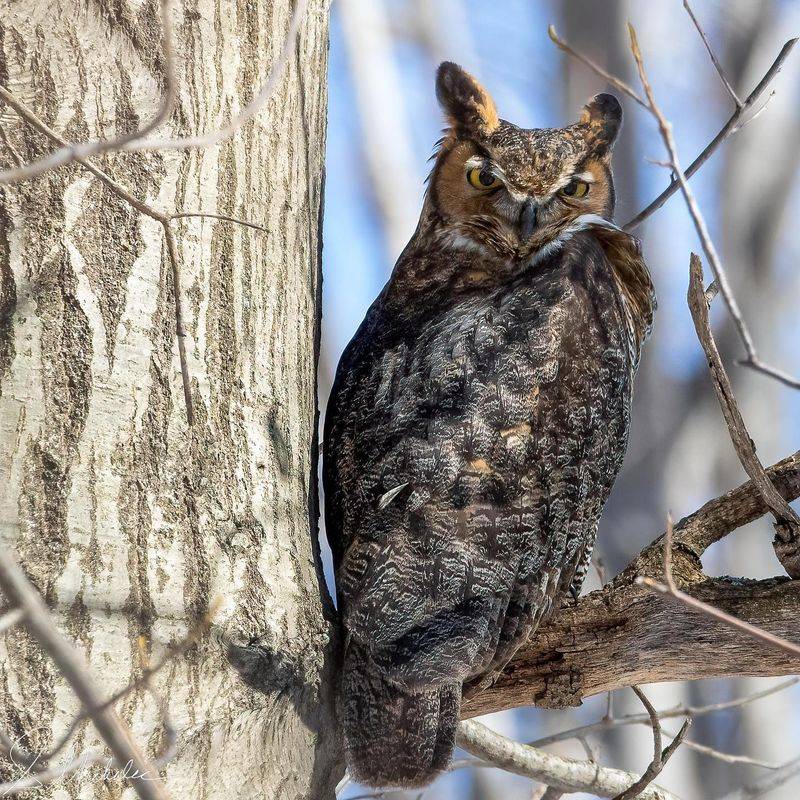
Cuyahoga Valley National Park is home to the great horned owl, a master of stealth and one of the most adaptable raptors. With its prominent tufts and deep hooting call, it commands the nocturnal landscape.
These owls are versatile hunters, preying on a variety of animals, showcasing their adaptability. Observing a great horned owl in its natural habitat is a testament to the mysteries of the night.
Their resilience across diverse habitats speaks to their evolutionary success. The presence of these owls is integral to the park’s ecosystem, offering a glimpse into the world of nighttime predators.

